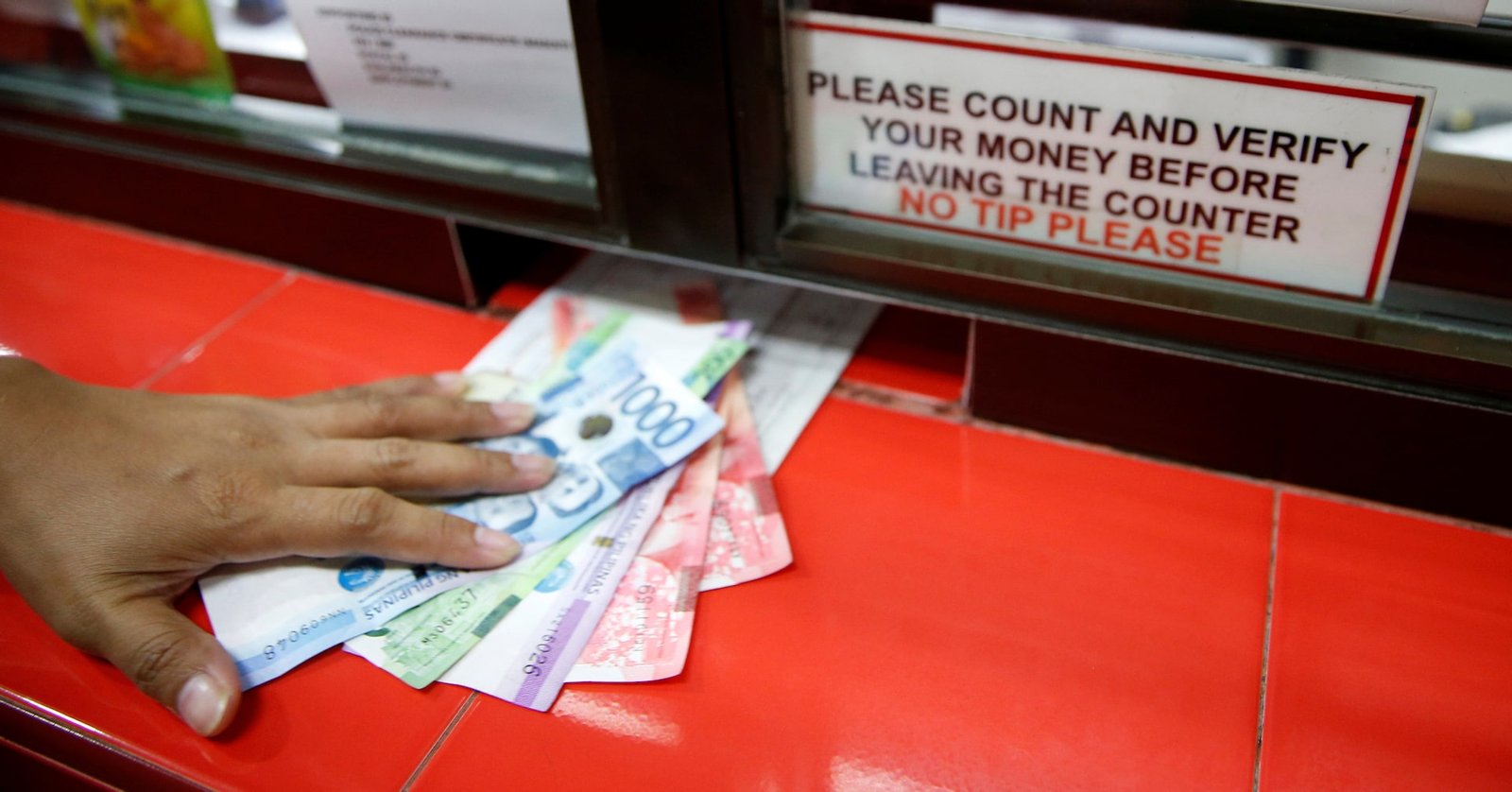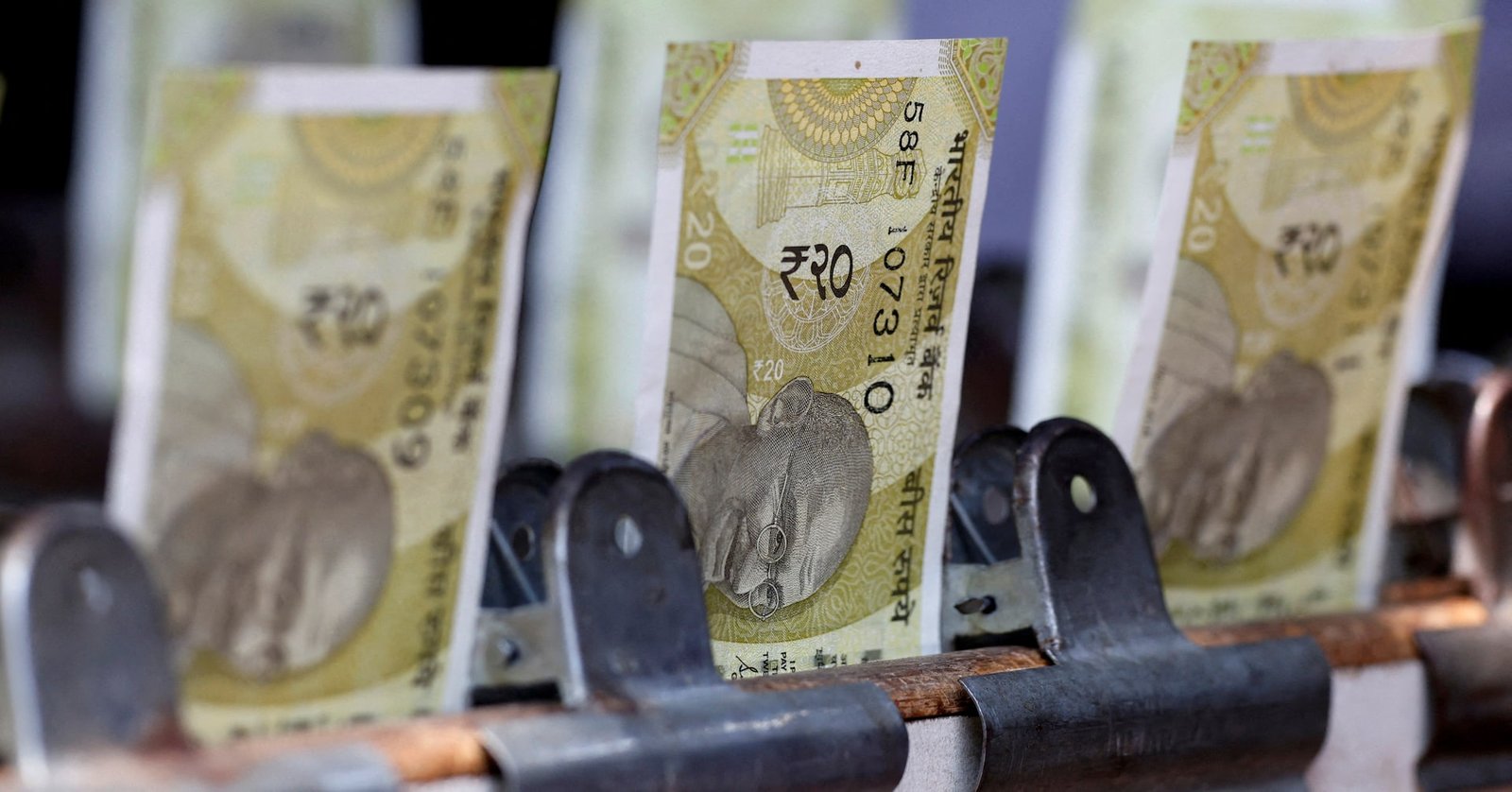What’s going on here?
The Indian rupee (INR) plunged to a record low of 83.6725 against the US dollar (USD) on July 22, beating its previous low from June.
What does this mean?
Despite the rupee’s 0.35% depreciation this month, all isn’t gloomy. Forex reserves have surged by nearly $15 billion in the first half of July, reaching a historic high of $667 billion. This uptick is largely due to the Reserve Bank of India (RBI) snapping up dollars to counter aggressive depreciation. By absorbing a large chunk of the $5 billion in portfolio inflows, the RBI is deftly managing to keep the rupee’s Real Effective Exchange Rate (REER)—which stood at an overvalued 106.54 in June—in check. Active intervention in non-deliverable forwards (NDF) and spot markets is another tool in the RBI’s belt to stabilize the currency.
Why should I care?
For markets: Managing the currency tightrope.
The RBI’s calculated approach aims to keep the rupee stable while aligning it with other Asian currencies. This is critical because a stable INR can attract more foreign investments, essential for India’s economic growth. However, if the rupee depreciates too quickly, it could spook investors and add to inflationary pressures.
The bigger picture: Balancing act with global implications.
Currencies across Asia, including the Chinese yuan, are experiencing similar pressures, making regional stability crucial. The rupee’s overvaluation, indicated by its high REER, needs careful management to avoid excessive appreciation. The RBI’s interventions are not just about protecting the rupee but about maintaining economic equilibrium in a volatile global market.






